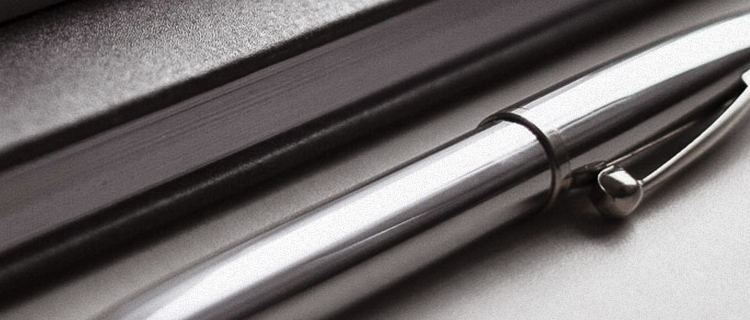Whatsapp: +8618037370765
E-mail: info@ynw-diamond.com
- All
- Product Name
- Product Keyword
- Product Model
- Product Summary
- Product Description
- Multi Field Search



Views: 60 Author: Site Editor Publish Time: 2022-06-01 Origin: Site
Polycrystalline Diamond Tools
PCDs have been on the market since the mid-20th century. PCDs are manufactured from graphite and are mostly used for tools that cut and grind. The most useful aspect of PCD tools is their consistency and reliability. Both PCD and CBN tools are the right choice when the material you’re working with is highly abrasive or difficult to machine, but PCD tools are what you want to choose when you need a very replicable result.
If, for example, you need to cut something to an extremely specific length so each piece will fit together perfectly, you can rely on a PCD tool to always get that right. PCDs are most useful for reaming, drilling, and milling:
Light and heavy metals
Non-ferrous materials
Plastics
Ceramics
Synthetic glass
Cubic Boron Nitride Tools
There are actually a few materials that either cannot or should not be machined by diamonds or PCDs. For these specific materials, CBN tools are a powerful alternative that can really make a difference. One of the most common uses of CBN tools is on ferrous materials. They can also be extremely effective on materials that are particularly high on the hardness scale.
CBN tools boast a strong resistance to heat when machining. This allows them to be used in spaces and at temperatures that normal diamonds or PCDs wouldn’t be able to handle effectively. When we consider cutting with CBN tools, there are a number of alloys that are ideal for its application:
Chilled cast iron
Hardened ferrous materials
Superalloys
Monel
Stellite
The differences between PCD and CBN tools may seem small, but they are actually incredibly important to completing vastly different jobs.